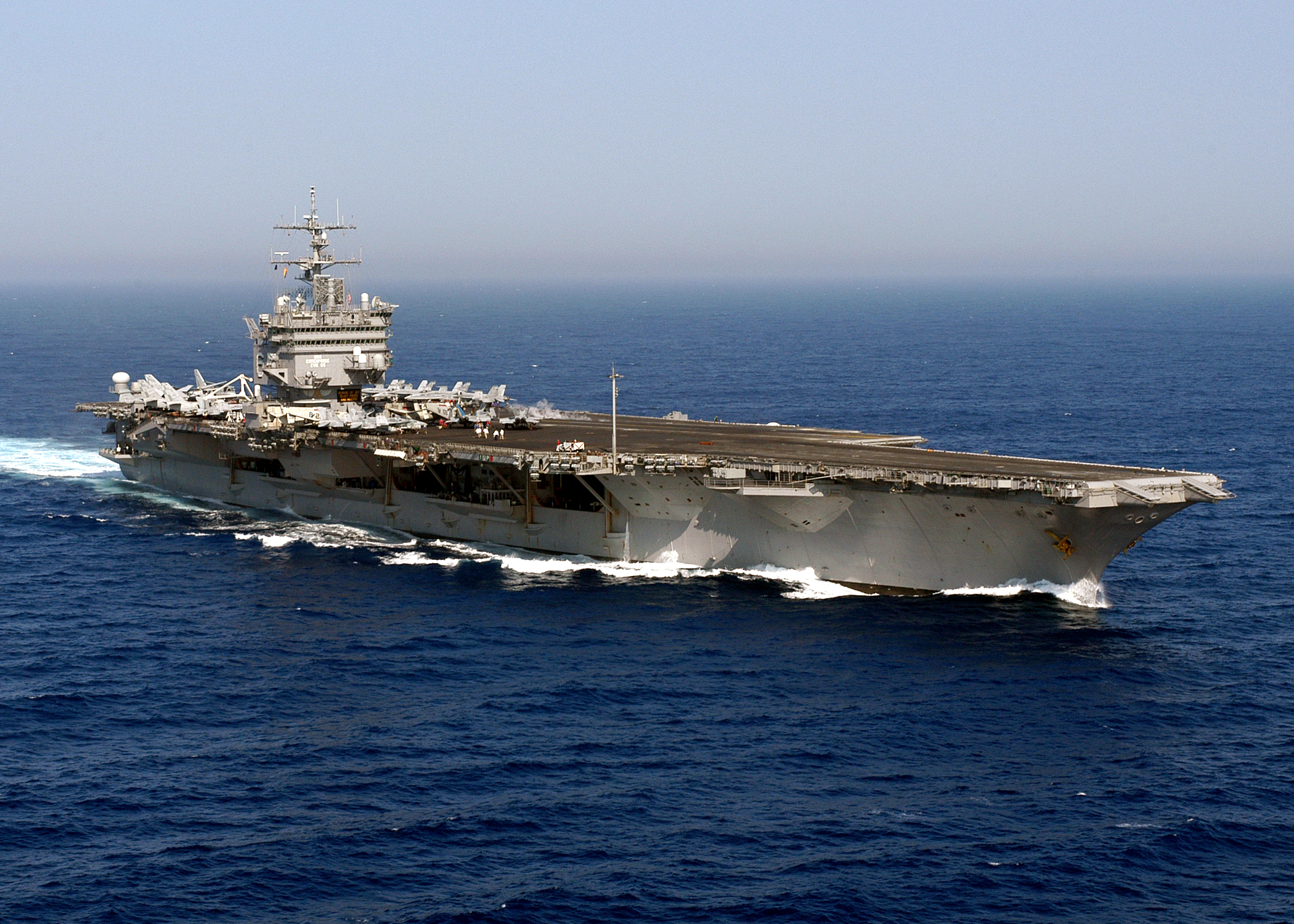A Commercial Approach to Naval Nuclear Decommissioning
Executive Summary
Naval Sea Systems Command (NAVSEA) faced a unique challenge with the decommissioning of USS Enterprise (CVN-65), the world’s first nuclear-powered aircraft carrier. With naval shipyards prioritizing active fleet maintenance and limited experience in large-scale reactor dismantlement, NAVSEA sought commercial alternatives. TLG Services, an industry leader in commercial nuclear decommissioning cost estimation, was selected to partner with the Center for Naval Analyses (CNA) to develop a comprehensive cost model for commercial dismantlement and disposal of CVN-65’s hull and eight defueled reactors. This groundbreaking study successfully demonstrated commercial viability, leading directly to NAVSEA issuing an RFP for commercial contractors to perform the decommissioning work.
Project Background & Challenges
The USS Enterprise served the Navy for 50 years (1962-2012) before being deactivated and defueled. With eight Westinghouse A2W reactors totaling 210 MW, this one-of-a-kind vessel presented unique decommissioning challenges:
- Naval facilities at Puget Sound and Newport News were focused on active fleet maintenance and new construction
- The Naval Nuclear Propulsion Program had limited dismantlement experience, primarily with small prototype reactors
- Experience with submarine decommissioning wasn’t applicable due to Enterprise’s unique size and configuration
- The Navy lacked sufficient basis for estimating commercial dismantlement costs
With two commercial decommissioning projects underway, the NS Savannah and Surface Ship Support Barge, NAVSEA determined a similar approach might work for CVN-65. The plan was to conduct an independent cost validation through a commercial entity without potential business interest in the actual remediation work.
TLG’s Approach & Methodology
As a well-established, independent leader in providing commercial nuclear decommissioning cost-estimate services, TLG brought extensive expertise to the project. The approach centered on developing a detailed process flow map with activity-level granularity that would identify required resources, personnel, facilities, equipment, and timeframes.
Key methodological elements included:
Fundamental Assumptions:
- Ship delivered clear of most classified items
- NAVSEA would tow CVN-65 to contractor location
- Regulatory jurisdiction transferred to NRC upon delivery
- Commercial oversight of nuclear decommissioning process
Work Breakdown Structure:
- Level 5 (activity-level) estimates with comprehensive details
- Task-specialized team approach enabling parallel work paths
- Complete integration of cost and schedule elements
- AIF-NESP-36 standard contingency application (20.5% effective rate)
Site Selection & Analysis:
- Brownsville, TX modeled as reference location
- Site advantages: accessible without circumnavigating South America, existing shipbreaking experience, available labor force, and waste disposal access
- Thorough site walkdown at Newport News Shipyard to assess component locations, develop removal strategies, and identify potential contamination issues
Specialized Naval-Commercial Adaptations:
- Engineering controls for floating vessel stability
- Enhanced waterborne effluent/pollution controls
- Adjustments for absence of spent fuel/transuranic isotopes
- Phased radiological release strategy to optimize material recycling
Key Project Elements & Outcomes
The comprehensive model organized work into seven major categories (Contract Management, Engineering/Planning, D&D Activities, Characterization/Survey, Waste Management, Project Management, and Shipbreaking) and projected a six-year timeline from contract award to completion.
Cost analysis revealed waste disposal (46.54%) and project management (29.31%) as the dominant expenses, with transportation (7.02%) and mobilization (6%) following. This distribution aligns with commercial nuclear experience while reflecting the unique aspects of a naval vessel.
The project yielded significant insights regarding terminology alignment between sectors, regulatory coordination requirements, computational demands for complex modeling, and risk management.
Impact & Commercial Implementation
The TLG/CNA cost model conclusively demonstrated that commercial decommissioning represented a viable option for CVN-65. This precedent-setting analysis established a framework applicable to future carrier dismantlement, including USS Nimitz (2026) and USS Eisenhower (2027).
Based directly on this study, on 10/1/2024, NAVSEA issued Solicitation N00024-25-R-4135 for ex-Enterprise CVN Dismantlement and Disposal.
The contract award for dismantling of the ex-Enterprise is expected in 2025
Conclusion
TLG Services’ innovative application of commercial nuclear expertise to naval vessel decommissioning demonstrates how specialized private sector capabilities can address unique government challenges. The comprehensive cost model not only provided NAVSEA with a viable commercial alternative for CVN-65, but established a precedent that will shape naval nuclear decommissioning strategy in the future.
References
1. Center for Naval Analyses, “CVN-65 Dismantling and Remediation Cost Estimate Analysis”
2. TLG Services, “CVN-65 Decommissioning: A Commercial Solution” (ANS Winter Meeting, November 2024)
4. AIF/NESP-36 “Guidelines for Producing Commercial Nuclear Power Plant Decommissioning Cost Estimates”
